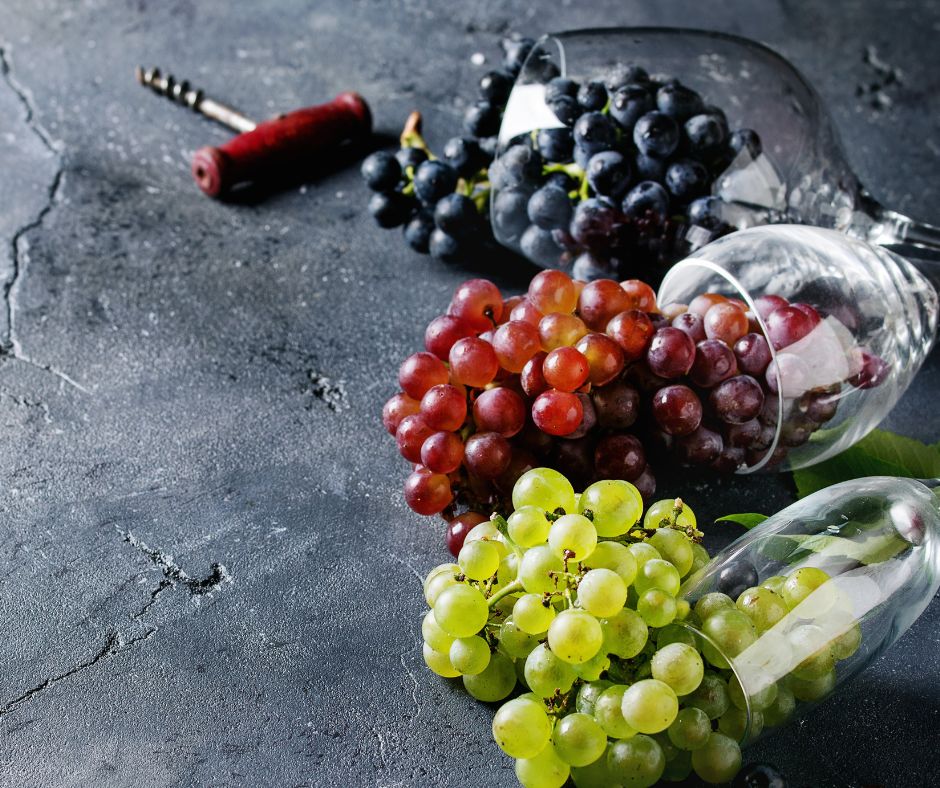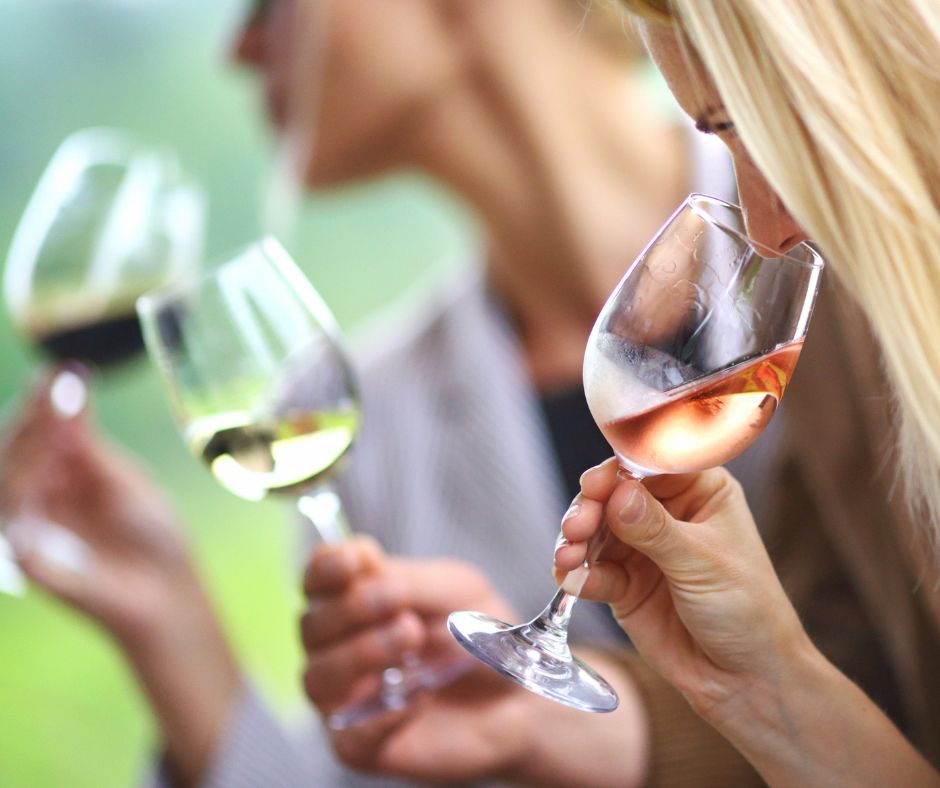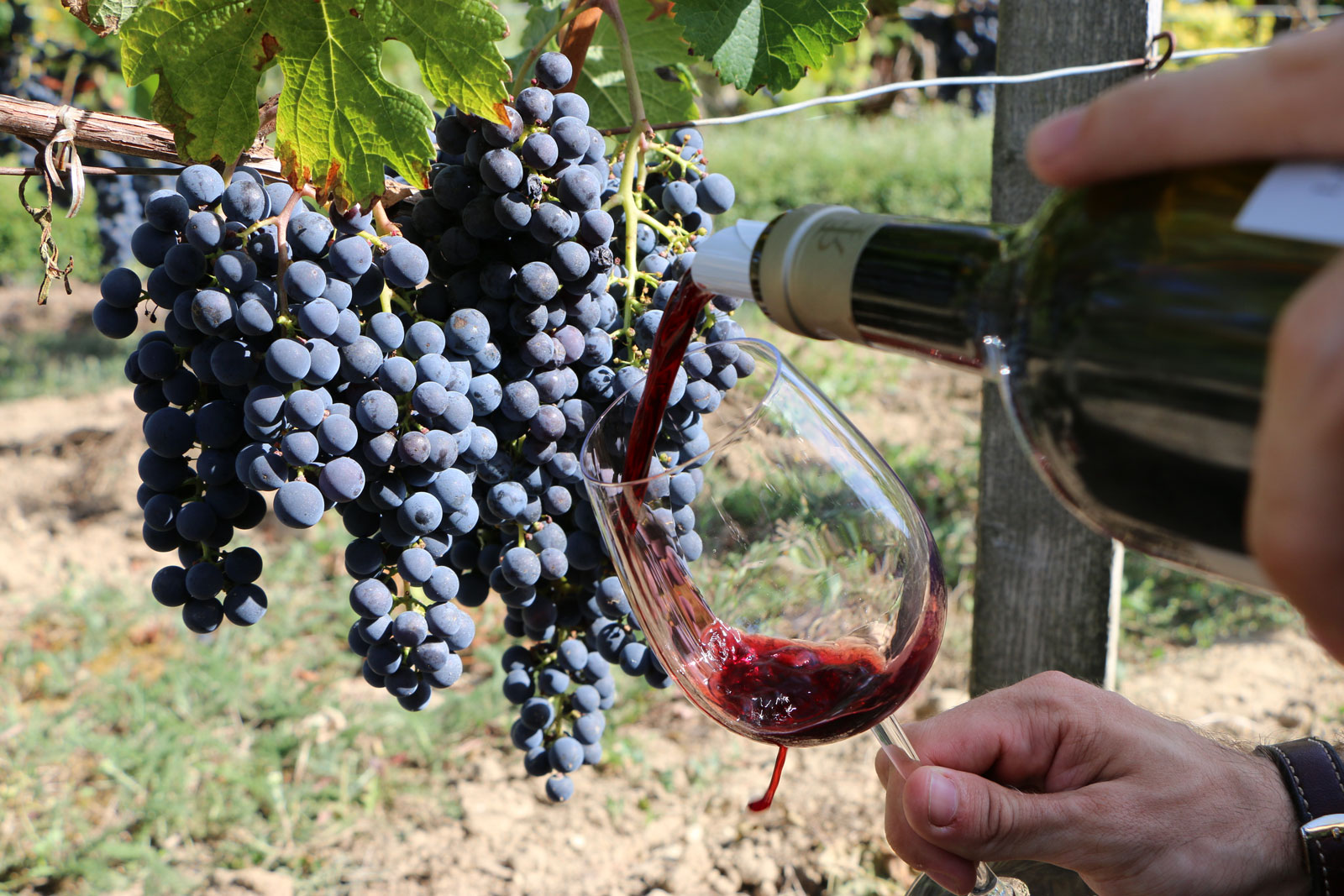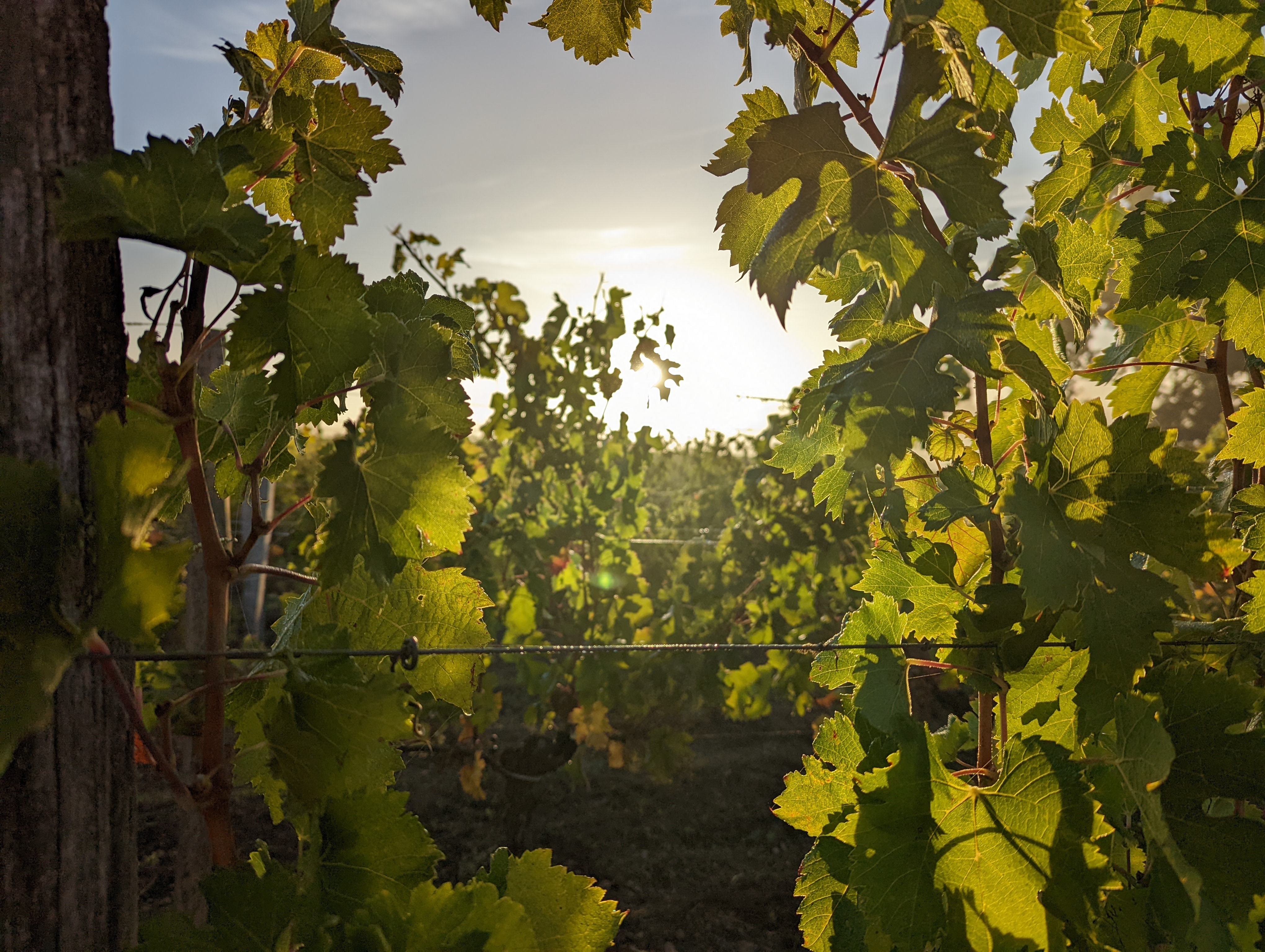Wine tasting glossary
Wine tasting is one of life's most memorable moments. Whether it's around a good table or just as an aperitif, tasting wine, particularly among wine lovers, can be a source of œnological exchanges and discussions, provided you know a minimum of vocabulary to express your feelings. On a regular basis, we'll be introducing you to some of the key terms used in wine tasting, so that you can put into words this sensational experience... and avoid any misunderstandings!
Grapes varieties

This is undoubtedly one of the first pieces of information people look for when tasting a wine: which grape variety or varieties the wine is made from. A grape variety is a cultivated vine variety characterised by a particular genome and specific phenotypic and biological characteristics. Each grape variety has different foliage and berry characteristics. The grape variety is chosen according to the type of wine the winemaker wants to make and the terroir, with certain grape varieties being more or less well adapted to specific terroirs. At the heart of Château La Rose Perrière vineyard, you'll find Merlot, Cabernet Franc, Cabernet Sauvignon and Malbec used for our red wines, and Sauvignon Blanc, Semillon and Muscadelle.
The vintage
Even before a bottle of wine is opened for tasting, the vintage can give wine drinkers in the know an initial indication of the wine's typicity, depending on the climatic conditions of that year. The vintage indicates the year in which the grapes were harvested and the wine produced. Often indicated on bottle labels, the vintage can even become a benchmark in years with exceptional weather conditions.
The wine colour
Wine is first tasted with the eyes. The wine's colour is the first contact we have with it through our eyes, so it is perceived from the very beginning of the tasting process. It refers to the visual aspect of the wine, the nuances of colour that the nectar presents in the glass. Initially, the colour is closely linked to the grape varieties from which it derives its colour. The grape variety will influence the colour of the wine. The colour of a wine is characterised by 6 criteria: colour, nuances, intensity, clarity, brilliance and viscosity (thickness). To analyse a wine's colour properly, it can be useful to compare it to different types of light. A wine's colour can also change over time, providing an indicator of its age. Red wines, for example, go from purple, ruby with violet and garnet tints to darker colours (brown to brick red, tile, ochre) as they age. A white wine, on the other hand, will be yellow or green in its youth, tending towards gold or copper as it ages. The colour of a wine is therefore not stable; we measure the intensity of its colour, which can be pale, medium, strong, dark, deep or intense.
The wine legs
Here's some terminology that can be a source of misunderstanding in conversations. The legs of a wine refer to the drops that settle on the sides of the glass. They are also called tears.
They appear once the glass has been filled, as soon as you swirl the wine in your glass with small rotary movements of the wrist, or on a flat surface if you haven't yet got the hang of it. Some of the wine then adheres to the sides of the glass, forming droplets that run down the side of the glass more or less slowly.
Observe these drips and you can make deductions about the alcohol content of the wine. If the tears (or legs) are fine and fall quickly back into the glass, you can deduce that the wine you are about to taste is low in alcohol and/or sugar. Conversely, if they are generous and flow slowly down the side of the glass, this means that your wine is high in alcohol and/or sugar. This is usually the case for a Sauternes or any sweet white wine. The alcohol in the wine is a consequence of the fermentation of the sugar naturally present in the grapes, so the legs will be an indirect and variable consequence of the fermentation yield, i.e. approximately 16.83g/L of sugar for 1% alcohol.
The nose

The nose is the olfactory analysis of the wine. After visual analysis, the nose is used to identify the aromas in the wine. The human nose is sensitive to around 10,000 different odours, classified into ten classes by Émile Peynaud, the father of modern oenology: vegetal, animal, balsamic, woody, spicy, chemical, ethereal, empyreumatic, floral and fruity.
The nose calls on your olfactory memory, which will reveal your knowledge of aromas and your experience as a taster. It is therefore different for everyone during a tasting and conditions your ability to put aromas into words. During a tasting session, there are two stages in which you can recognise primary (or varietal) aromas, secondary aromas (from the winemaking process) and tertiary aromas (the most complex, linked to the wine's development over time):
- The first nose: this expresses the first aromas smelt when you smell the wine in the tasting glass, ideally one-third full and held by the stem to avoid the interference of any other smell, such as perfume.
- The second nose: translates the aromas identified when the wine has been aerated after swirling in the glass.
There are 12 families of aromas:
- Fruity notes: lemon, grapefruit, ripe cherry, redcurrant, blueberry, blackcurrant, quince...
- Animal notes: musk, leather, fur, game.
- Toasted notes: toasted bread, toasted almonds, toasted hazelnuts, caramel, coffee, smoky notes, dark chocolate...
- Floral notes: hawthorn, acacia, lime blossom, honey, rose, violet, wild rose...
Vegetal notes: mushroom, truffle, green pepper, thyme, vanilla,
Spicy notes: pepper, paprika, liquorice, cinnamon, cloves, coriander, parsley, chervil, etc. - Balsamic notes: incense, fir, eucalytus, resin, etc.
- Mineral notes: hydrocarbon, flint, chalk, petroleum, graphite, etc.
- Chemical notes: detergent, acetone, alcohol, etc.
- Fermentation notes: beer, butter, yeast, cider, brioche, etc.
- Woody notes: oak, cedar, exotic wood, bark, etc.
- Confectionery notes: honey, vanilla, caramel, praline, marzipan, etc.
All aromas that can be identified by olfactory analysis of the wine are listed on the wine aroma wheel.

To keep in mind
Talking about wine, and talking about it well, requires above all experience of tasting and perseverance in identifying sensations and aromas and comparing them with previous tasting experiences. The lexical field of tasting is as rich as the sensations provided by the tasting experience. You will now be familiar with a sample of the key terms that are essential if you are to begin to understand the analytical points of tasting and express your tasting emotions. We'll continue our exploration of the wine lexicon in a future article. In the meantime, as with all learning process, repetition and practice will be your best allies in stimulating your senses and turning you into informed wine tasters who can share their analysis. And if you want to go even further, there are a number of books available at any good bookseller to help you expand your vocabulary.
